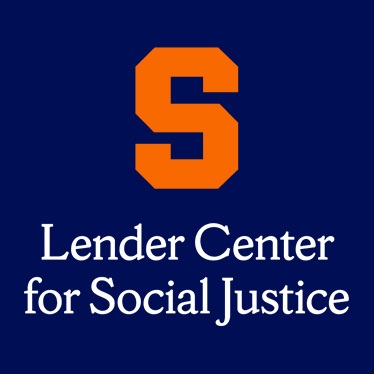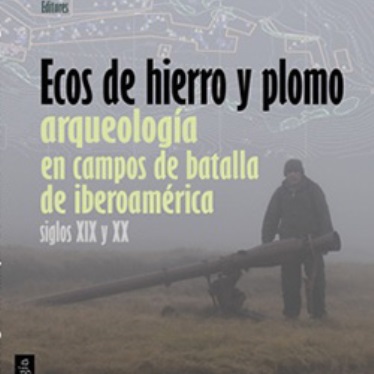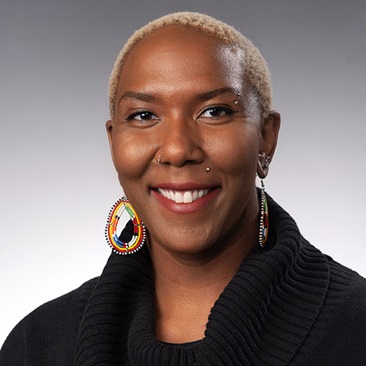The Creole Archipelago: Race and Borders in the Colonial Caribbean
Tessa Murphy
University of Pennsylvania Press, December 2021

In her new book, "The Creole Archipelago: Race and Borders in the Colonial Caribbean" (University of Pennsylvania Press, 2021), Tessa Murphy traces how generations of Indigenous Kalinagos, free and enslaved Africans and settlers from a variety of European nations used maritime routes to forge connections that spanned the eastern Caribbean.
In the book, Murphy explains how these islands are distinct from other Caribbean colonial plantation societies, a result of the powers that competed for influence in the region, such as the British and French, as well as the Kalinagos, who continued asserting their right to their lands. Research materials included parish records, an Indigenous language dictionary, historical maps and colonial correspondence from France, England, the United States and the Caribbean.
Murphy is an assistant professor of history at the Maxwell School. She received a Ph.D. at the University of Chicago in 2016. Her research has been supported by a number of institutions, including the National Endowment for the Humanities, the Social Sciences and Humanities Research Council of Canada, France’s Institut National d’Études Démographiques, the John Carter Brown Library, the David Library of the American Revolution and the Clements Library.
Publisher's Summary
In The Creole Archipelago, Tessa Murphy traces how generations of Indigenous Kalinagos, free and enslaved Africans, and settlers from a variety of European nations used maritime routes to forge social, economic, and informal political connections that spanned the eastern Caribbean. Focusing on a chain of volcanic islands, each one visible from the next, whose societies developed outside the sphere of European rule until the end of the Seven Years' War in 1763, Murphy argues that the imperial frameworks typically used to analyze the early colonial Caribbean are at odds with the geographic realities that shaped daily life in the region.
Through use of wide-ranging sources including historical maps, parish records, an Indigenous-language dictionary, and colonial correspondence housed in the Caribbean, France, England, and the United States, Murphy shows how this watery borderland became a center of broader imperial experimentation, contestation, and reform. British and French officials dispatched to Dominica, Grenada, St. Lucia, St. Vincent, and Tobago after 1763 encountered a creolized society that repeatedly frustrated their attempts to transform the islands into productive plantation colonies. By centering the stories of Kalinagos who asserted continued claims to land, French Catholics who demanded the privileges of British subjects, and free people of African descent who insisted on their right to own land and enslaved people, Murphy offers a vivid counterpoint to larger Caribbean plantation societies like Jamaica and Barbados.
By looking outward from the eastern Caribbean chain, The Creole Archipelago resituates small islands as microcosms of broader historical processes central to understanding early American and Atlantic history, including European usurpation of Indigenous lands, the rise of slavery and plantation production, and the creation and codification of racial difference.
12/17/21
Related News
School News

Nov 14, 2025
Commentary

Nov 7, 2025
Research

Oct 28, 2025
